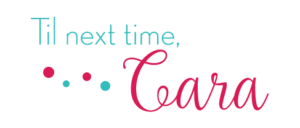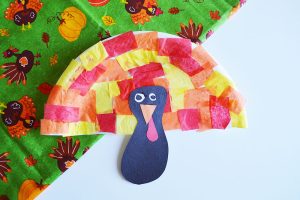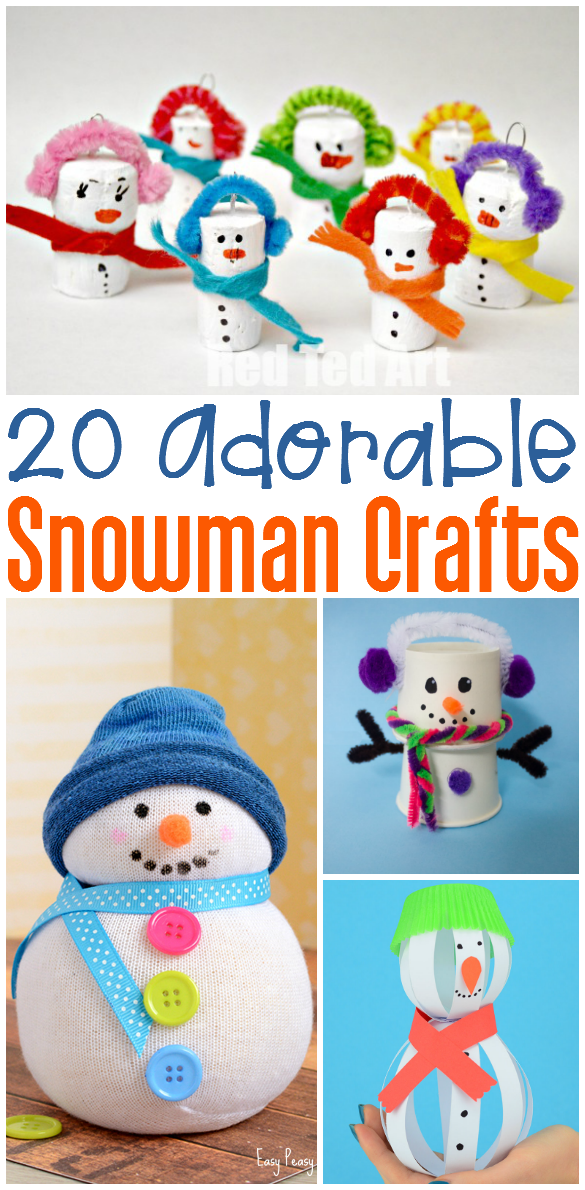
20 Snowman Crafts
Who wants to build a snowman? We do! This week we’ve rounded up some snowman crafts and activities. Each link contains a fun…
For children ages one through age six. Remember that each child develops at his/her own pace and the information below is for informational purposes only. You are your child’s best advocate and know your child best. Let your pediatrician know if you have concerns about your child’s development. DEVELOPMENTAL MILESTONES By the age of one
Between one and two
Between two and three
 Check out my earlier post with tips to build fine motor skills.
Check out my earlier post with tips to build fine motor skills.
Between three and four
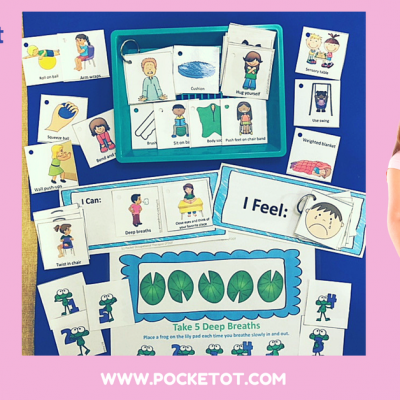
Between four and five
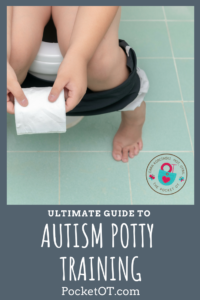 Looking for toilet training tips? Look no further.
Looking for toilet training tips? Look no further.
Between five and six
Fine Motor – incorporates the small muscles such as handwriting
Click here for information on sensory processing disorder. NEW!! I found some FREE awesome handouts on development from the Centers for Disease Control. Here’s the link to the website. https://www.cdc.gov/ncbddd/actearly/milestones/index.html There’s even an app that lets you track your child’s milestones. So cool!
